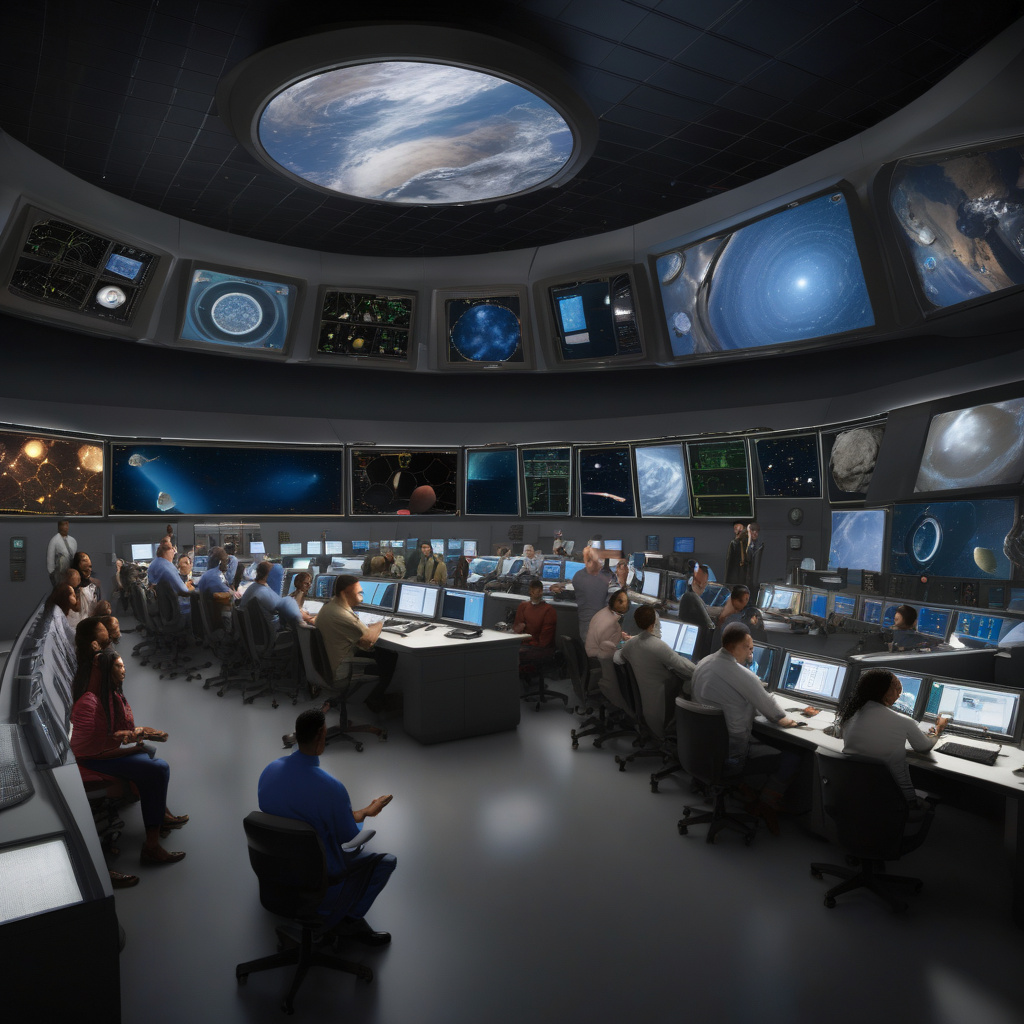Dare Mighty Things: NASA’s Lessons on Calculated Risks
In the realm of space exploration, NASA stands as a beacon of human ingenuity, pushing the boundaries of what is possible. One of the key lessons we can glean from NASA’s endeavors is the art of taking calculated risks. Khawaja Shams, in his insightful exploration, delves into the essence of calculated risks, shedding light on why these risks are vital, how to spot and alleviate potential drawbacks, and the hallmarks of a beneficial risk.
The Essence of Calculated Risks
NASA’s missions, from landing on the moon to exploring Mars, are not without risks. However, what sets them apart is the meticulous planning and analysis that goes into every decision. Calculated risks are not about blind leaps of faith; instead, they involve a thorough assessment of potential outcomes and a strategic approach to managing uncertainties.
Identifying and Mitigating Potential Downsides
One crucial aspect highlighted by Shams is the importance of identifying potential downsides when embarking on a new endeavor. NASA’s success lies in its ability to anticipate challenges and develop contingency plans. By addressing risks proactively and having mitigation strategies in place, organizations can navigate uncertainties with more confidence and resilience.
Characteristics of Good Risks
Not all risks are created equal. Shams emphasizes the significance of distinguishing between good and bad risks. Good risks are those that align with strategic objectives, have clear benefits, and are backed by sound data and analysis. NASA’s history is replete with examples of well-calculated risks that have led to groundbreaking discoveries and advancements in space exploration.
Embracing a Culture of Innovation and Exploration
NASA’s approach to risk-taking is not just about the numbers; it is also deeply rooted in a culture of innovation and exploration. By encouraging creativity, fostering collaboration, and embracing failure as a stepping stone to success, NASA has cultivated a mindset that thrives on pushing boundaries and defying conventional limits.
Lessons for the IT and Development Community
So, what can the IT and development community learn from NASA’s approach to calculated risks? The key takeaway is that risk-taking is inherent in innovation. In a rapidly evolving technological landscape, being risk-averse can hinder progress and stifle creativity. By adopting a mindset of calculated risk-taking, IT professionals can drive meaningful change, explore new possibilities, and stay ahead in a competitive market.
In conclusion, NASA’s legacy of daring mighty things serves as a testament to the power of calculated risks. By understanding why risks are necessary, how to identify and mitigate potential downsides, and the characteristics of good risks, organizations can harness the transformative potential of risk-taking. As Khawaja Shams eloquently illustrates, in the realm of innovation, calculated risks are not just a choice but a necessity for those who dare to reach new heights.
By Khawaja Shams
Whether gazing at the stars or delving into lines of code, the essence of calculated risks remains a guiding principle for those who aspire to dare mighty things. As we navigate the ever-changing landscape of technology and development, let us heed the lessons from NASA’s ventures and embrace the power of calculated risks in our own pursuits of innovation and excellence.

